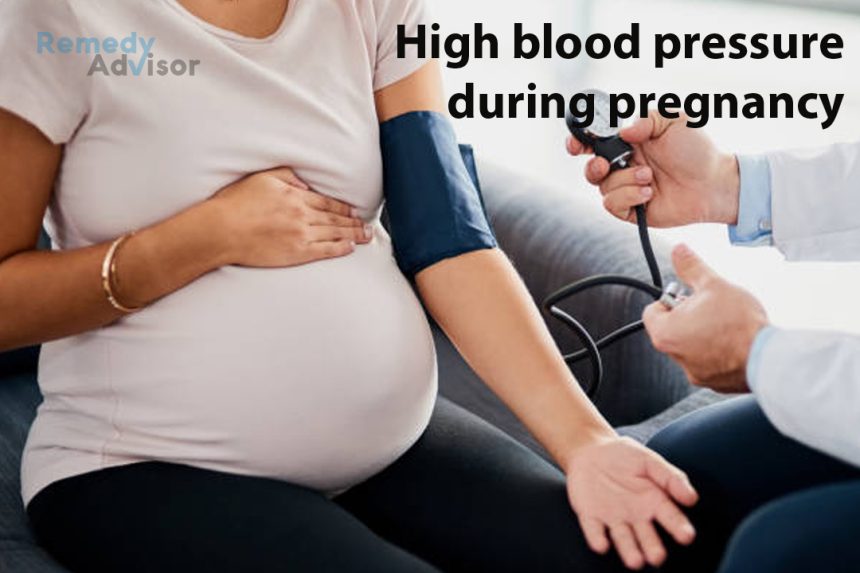Pregnancy can be a time of joy, but for a significant number of women health challenges are part of the experience, and high blood pressure is one of them. Women can experience high blood pressure three different ways during pregnancy:
- They may have high blood pressure before they get pregnant.
- They may develop gestational hypertension, which is high blood pressure that presents itself during the pregnancy. This form of hypertension typically goes away after giving birth.
- They may develop preeclampsia, a condition that typically develops around week 20 of pregnancy and is characterized by high blood pressure and the presence of protein in the urine. Women with preeclampsia may also develop persistent headache, vision changes, pain in the upper abdominal region, swelling of the hands or face, and sudden weight gain.
The one thing all three types of hypertension during pregnancy have in common is that they need to be treated with care, for both the sake of the mother’s health and that of her unborn child. Hypertension during pregnancy is associated with the following problems:
- Reduced blood flow to the placenta, which in turn limits the supply of nutrients and oxygen to the baby and places the child at risk for low birth weight and numerous medical problems.
- The placenta’s separating from the uterus prematurely, which can deprive the infant of oxygen and cause heavy bleeding in the mother.
- The need for premature delivery if blood pressure cannot be controlled adequately and there are life-threatening complications present.
- The presence of preeclampsia increasing a woman’s risk of developing cardiovascular disease later in life, even when her blood pressure returns to normal levels after giving birth.
High blood pressure during pregnancy can be treated with natural approaches. However, if these measures do not work or if a woman develops preeclampsia there are several blood pressure medications that have been found to be safe when taken during pregnancy.







